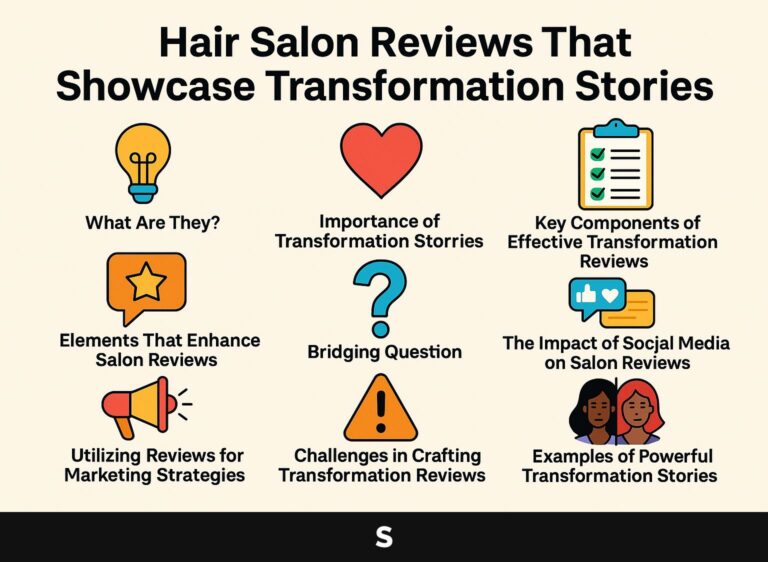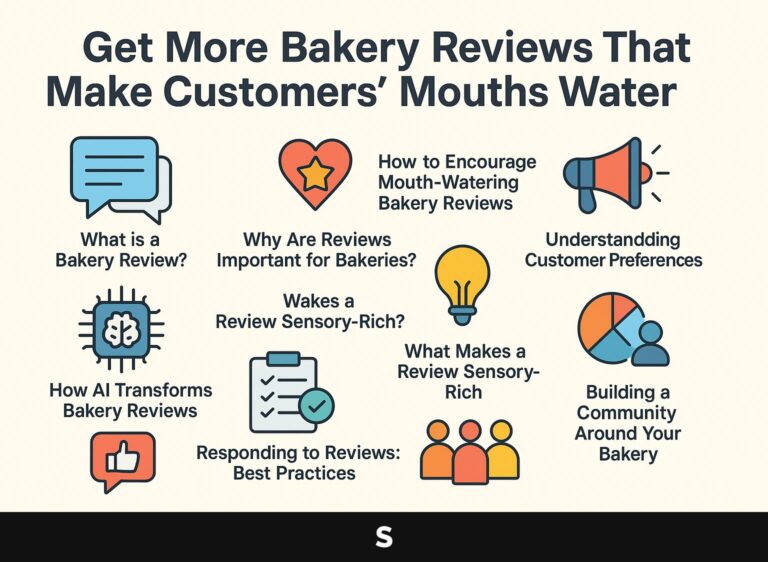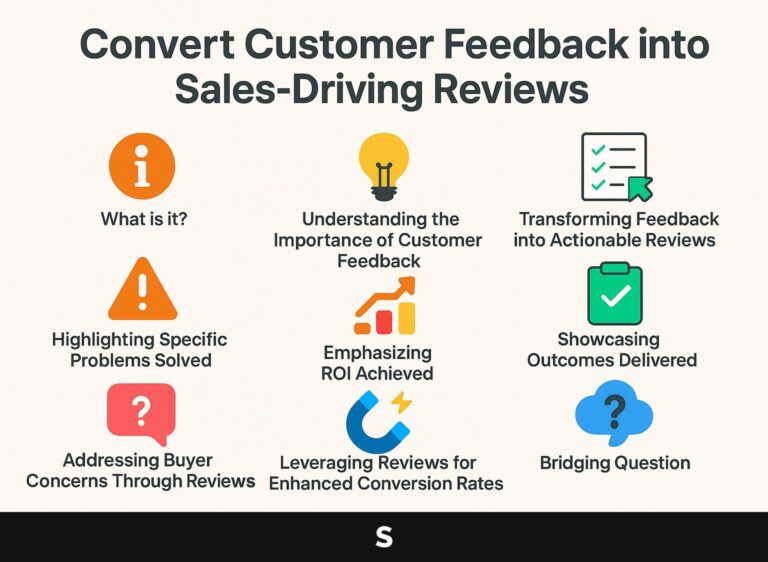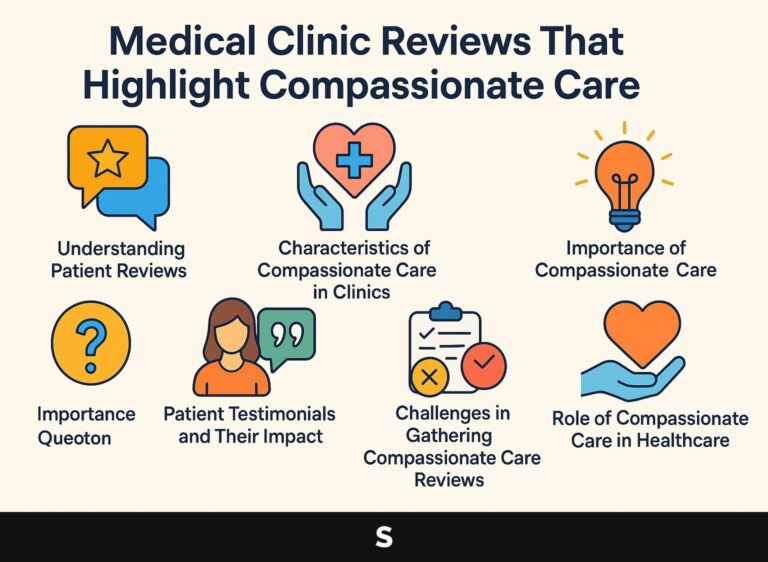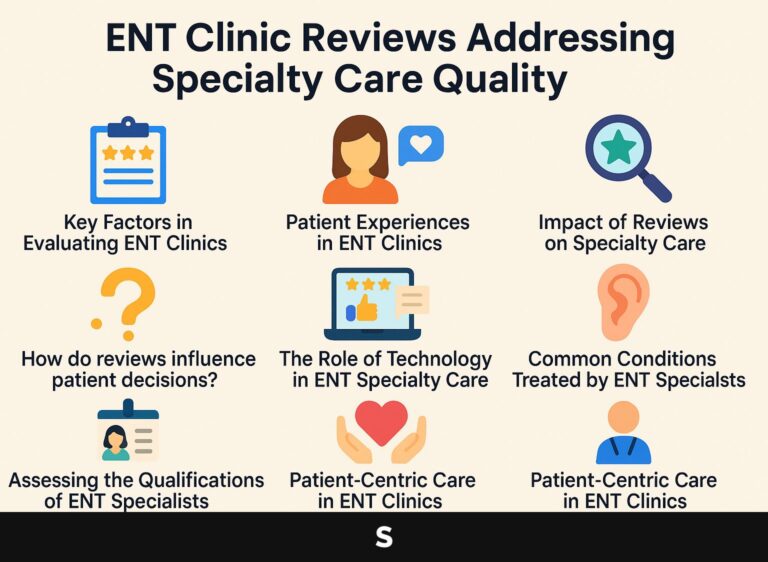Physiotherapy Reviews That Highlight Rehabilitation Success
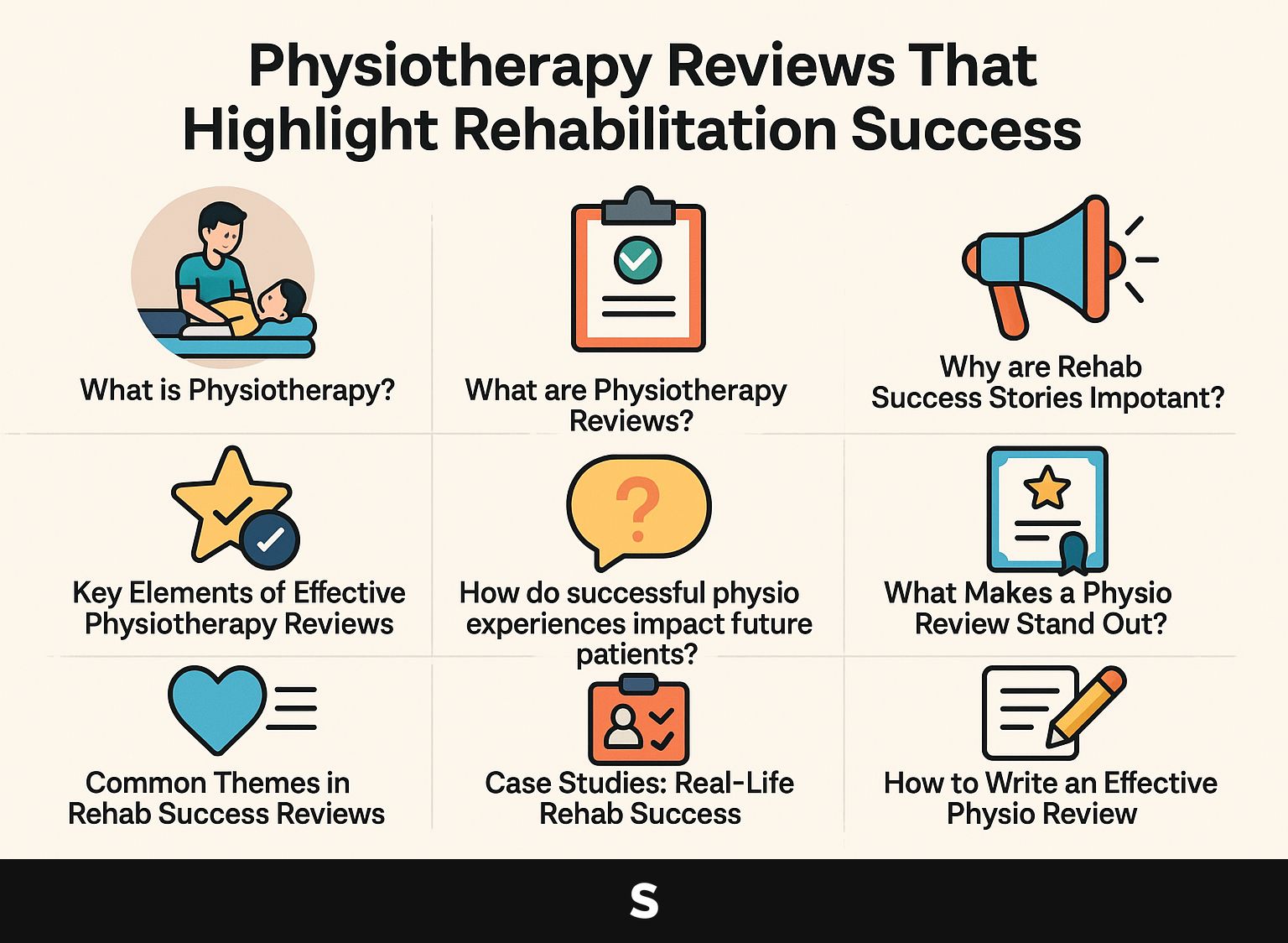
In the Greater Toronto Area, recovering can often feel overwhelming, but physiotherapy reviews show the positive impact of experienced therapists. Patients looking to excel in rehabilitation need genuine information that reflects true experiences.
This article looks at detailed studies on physiotherapy reviews, showing how personalized recovery plans and good relationships with physiotherapists in Ontario can significantly improve your recovery experience. Read uplifting success stories that show how you can move forward in your career and better your life.
Key Takeaways:
- Individualized recovery plans are very important for successful physiotherapy reviews.
- Therapists play a key role in encouraging patients and helping them achieve success in rehabilitation.
- Noting achievements and steps forward during the recovery process is key to writing meaningful and genuine feedback on physiotherapy.
- What is Physiotherapy?
- What are Physiotherapy Reviews?
- Why are Rehabilitation Success Stories Important?
- Key Elements of Effective Physiotherapy Reviews
- What Makes a Physiotherapy Review Stand Out?
- How do good physiotherapy outcomes influence new patients?
- Common Themes in Rehabilitation Success Reviews
- Case Studies: Real-Life Rehabilitation Success
- How to Write an Effective Physiotherapy Review
- Impact of Online Reviews on Physiotherapy Practices
- Future Trends in Physiotherapy Reviews
- Frequently Asked Questions
- 1. What is physiotherapy and how does it help with rehabilitation success?
- 2. How do physiotherapy reviews highlight rehabilitation success?
- 3. What are some common success stories in physiotherapy reviews?
- 4. How important is the role of a physiotherapist in achieving rehabilitation success?
- 5. Can physiotherapy reviews help in choosing a physiotherapist for rehabilitation?
- 6. How do I know if physiotherapy is the right choice for my rehabilitation needs?
What is Physiotherapy?
Physiotherapy is important in helping patients get better after injuries or surgeries, concentrating on bringing back their ability to move and function.
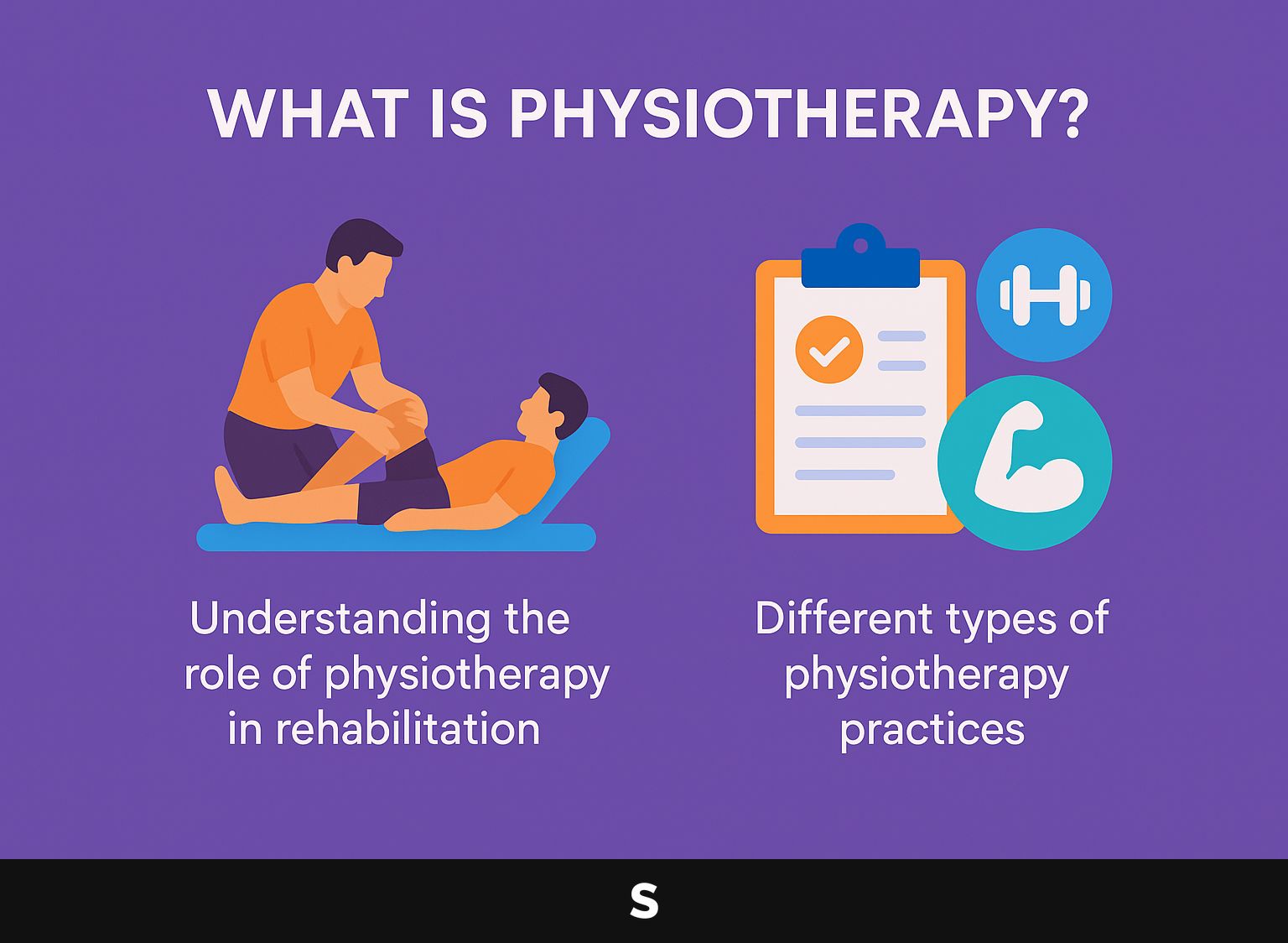
1. The role of physiotherapy in recovery
Physiotherapists assess patient needs and design individualized recovery plans that encompass both physical rehabilitation and education on injury prevention.
The assessment begins with a thorough first check. While doing this, the physiotherapist reviews the patient’s medical history carefully and performs a physical examination. Tools like range of motion assessments and strength tests help gauge the patient’s condition.
Defining clear, measurable objectives is important-these could involve lowering pain or improving movement. Following the initial phase, ongoing monitoring is essential. This includes regular meetings to change the treatment plan according to progress, using methods such as functional movement evaluations to make sure the strategies work well and fit each patient’s changing needs.
2. Different types of physiotherapy practices
Physiotherapy practices can vary widely, with specialties such as orthopedic physiotherapy focusing on musculoskeletal injuries, while pediatric physiotherapy addresses developmental issues in children.
Other important areas include geriatric physiotherapy, which targets the unique needs of older adults, like joint pain and mobility issues, and sports physiotherapy, emphasizing injury prevention and rehabilitation for athletes.
Techniques used in these practices may include:
- Dry needling for muscle tension relief
- Ultrasound therapy to promote tissue healing
- Exercise therapy designed to increase strength and flexibility
By applying these particular methods, physiotherapists work to speed up healing and help patients move better.
What are Physiotherapy Reviews?
Physiotherapy reviews are important for collecting patient feedback. This feedback can help make treatment methods better and improve how patients feel about their care.
1. Defining physiotherapy reviews and their purpose
Reviews of physiotherapy summarize what patients go through and their results, showing both therapists and new patients how effective the treatments are. These reviews help improve healthcare services by finding what works well and what doesn’t in physiotherapy practices.
A review might show how well a particular treatment plan works for back pain, encouraging doctors to use similar methods. Tools like Google Reviews and Healthgrades can gather and examine feedback, providing information on patient satisfaction.
By analyzing consistent themes, such as communication or treatment success, clinics can implement targeted improvements. This focus on patient feedback leads to higher satisfaction rates and better overall outcomes in physiotherapy practices.
2. Importance of patient feedback in physiotherapy
Patient feedback is very important in physiotherapy, providing information that can directly guide clinical practices and improve how patients are cared for.
Therapists can collect feedback through various methods such as surveys administered at the end of a session, where patients rate their experiences on a scale. For instance, using tools like Google Forms allows for easy distribution and analysis.
Therapists may invite patients to provide testimonials, highlighting specific aspects of the treatment they found beneficial. Looking at this feedback helps make needed changes in therapy plans, so they better match what patients need and experience, leading to better results and satisfaction.
Why are Rehabilitation Success Stories Important?
Stories of people getting better show that treatments work and offer hope to patients now and later who deal with similar problems.
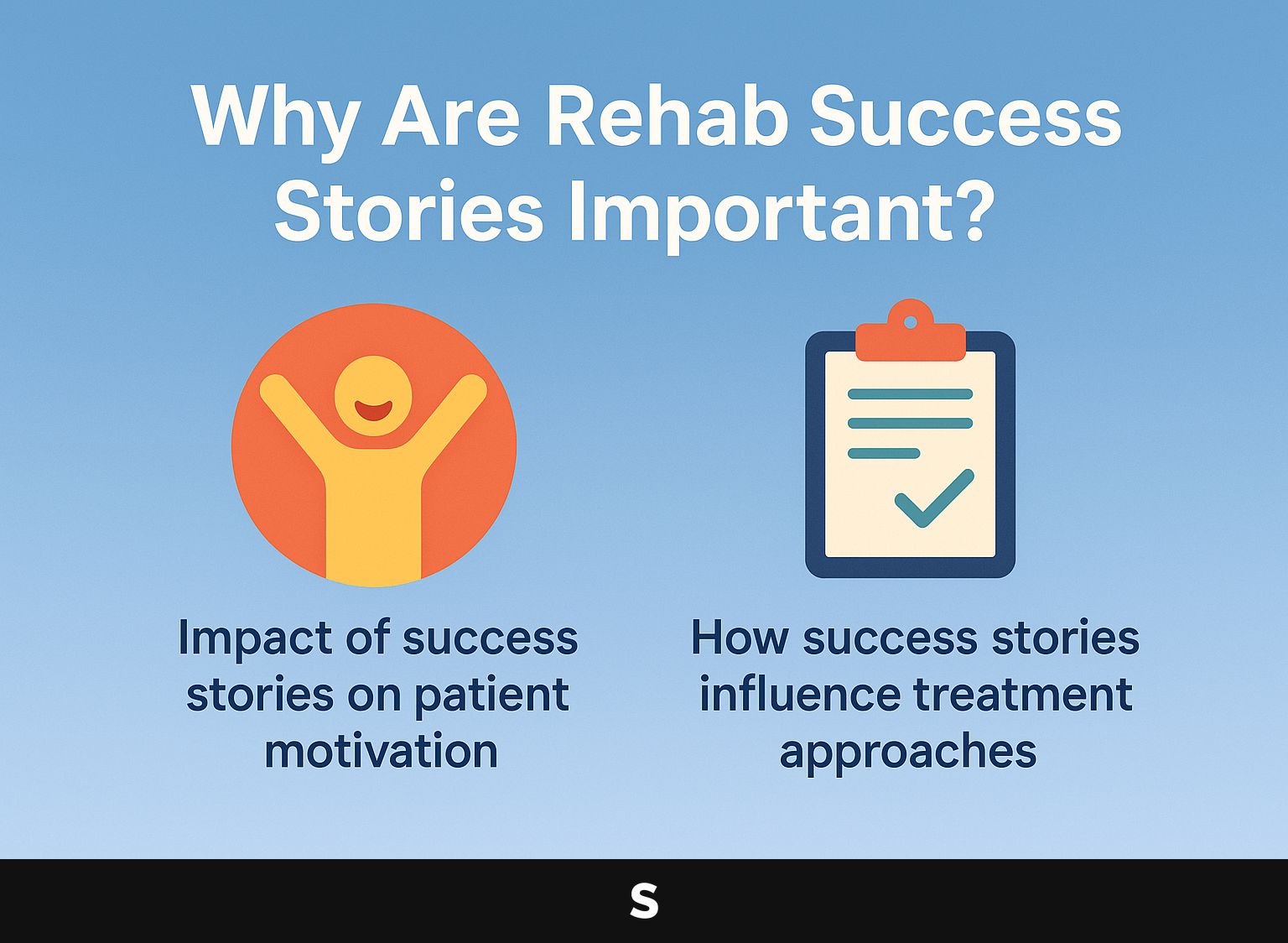
1. Impact of success stories on patient motivation
Patients often feel motivated by success stories, which can help reduce worry and build confidence in their ability to recover.
Sharing successful recovery narratives is a powerful technique for physiotherapists to encourage patient engagement. For example, displaying testimonials from former patients can create a relatable context.
Methods like setting goals and thinking about success can increase motivation. Physiotherapists might help patients imagine their recovery and the activities they will be able to do again, which can give them hope.
Adding group sessions where patients talk about their experiences highlights community support, creating a team environment that helps strengthen dedication to treatment plans.
2. How success stories influence treatment approaches
Success stories can guide physiotherapists in tailoring their treatment approaches, as they reflect practical examples of what works in rehabilitation. By examining particular results, physiotherapists can change recovery plans to improve their effectiveness.
For instance, if a patient shares that targeted strengthening exercises significantly improved their mobility, the physiotherapist might integrate similar exercises into other patients’ routines.
Tools like patient feedback surveys can gather useful information on pain levels and progress, allowing for continuous changes.
Using outcome measurement tools like the Visual Analog Scale (VAS) helps practitioners monitor progress and adjust their methods, providing care that develops with each patient.
Key Elements of Effective Physiotherapy Reviews
Helpful physiotherapy reviews provide clear details about recovery plans, what the therapist does, and how the patient’s progress is tracked, which makes the reviews more helpful.
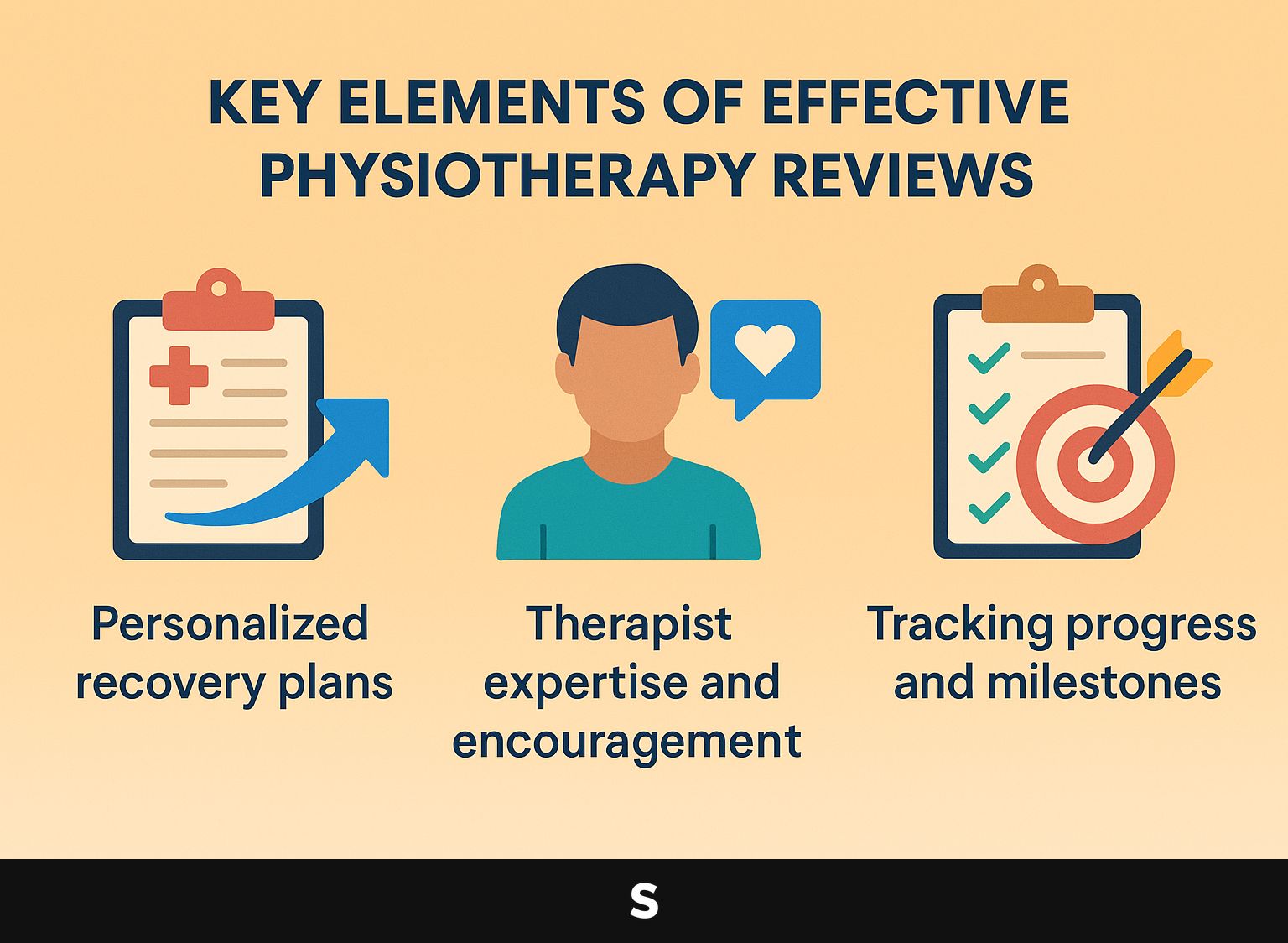
1. Custom recovery plans and their importance
Creating individual recovery plans is important in physiotherapy. These plans are made to fit each patient’s specific needs, helping them recover well.
To build a useful customized recovery plan, begin with a thorough evaluation that involves movement tests and conversations with the patient. This helps identify specific challenges and capabilities.
Create clear goals that are specific, can be measured, are possible to achieve, matter to your recovery, and have a deadline. For example, a goal might be to achieve a certain range of motion within six weeks.
Regularly monitor progress using tools like outcome measures or patient feedback forms, allowing for adjustments as needed to keep the recovery on track.
2. The importance of therapist skill and support
Therapists’ skills and support are essential in helping patients during their recovery process.
Therapists use different methods to increase patient motivation and confidence. For instance, they often set achievable, incremental goals to provide a sense of accomplishment, reinforcing positive behavior.
Regular feedback sessions help patients reflect on their progress, while motivational interviewing encourages them to voice their concerns and aspirations. Using tools like visual progress charts or milestone rewards can make the process more interesting.
Therapists create a helpful setting and encourage teamwork to keep patients dedicated to their recovery.
3. Importance of tracking progress and celebrating milestones
Regularly tracking progress and celebrating milestones are essential practices in physiotherapy that contribute to sustained patient engagement and motivation.
Doctors can use specific tools to monitor recovery closely. For instance, mobile apps like MyTherapy or PT Genie help track daily exercises and report progress via graphs.
Celebrating small victories, such as achieving a specific range of motion or completing a set of exercises, reinforces patient motivation. Practitioners can create reward systems, like certificates or verbal affirmations, to recognize these milestones.
Being recognized helps build a positive attitude and a feeling of success, which motivates patients to stick with their recovery process.
What Makes a Physiotherapy Review Stand Out?
A standout physiotherapy review engages readers with genuine and detailed descriptions, providing a clear account of a patient’s recovery.
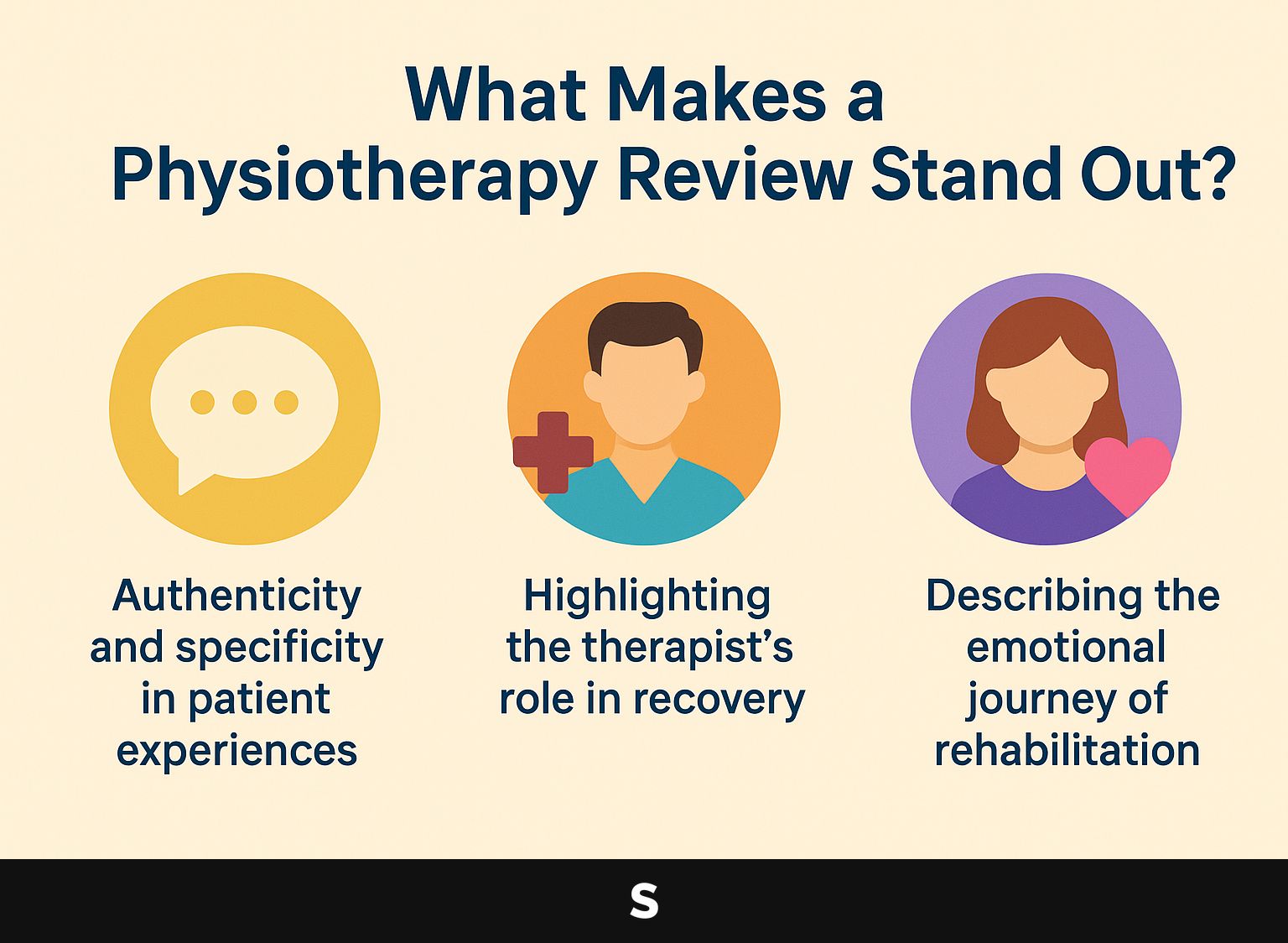
1. Authenticity and specificity in patient experiences
Authentic and specific narratives give depth to physiotherapy reviews, allowing potential patients to relate and feel inspired by real experiences.
To make physiotherapy reviews interesting, share detailed patient experiences that show their progress. For example, detail a client’s struggle with a sports injury and how targeted exercises helped them regain mobility.
Use tools like before-and-after tests to note physical changes, such as measuring the increase in range of motion in degrees. Using simple language helps connect with people; instead of saying “knee rehabilitation,” say “getting back to running after an ACL tear.” This way, future patients learn and feel motivated by seeing real progress.
2. Highlighting the therapist’s role in recovery
Mentioning the therapist in a review shows how important they are in helping patients get better and builds trust with potential clients.
To effectively showcase a therapist’s contributions, focus on specific actions taken during sessions. For instance, mention how the therapist employed cognitive-behavioral techniques to address anxiety, noting improvements in the patient’s coping strategies over time.
Include any unique approaches, such as utilizing mindfulness exercises that helped the patient develop better emotional regulation skills. Show specific results, like fewer symptoms or higher self-confidence, as this information makes the review better and shows how the therapist has helped the patient’s recovery.
3. Talking about the emotional experience of recovery
Sharing the emotional experiences during rehabilitation in reviews can strongly connect with readers, showing the difficulties and successes patients encounter.
Patients might share moments of frustration when facing setbacks, such as struggling with physical therapy or feeling overwhelmed by emotions.
Highlighting progress, like achieving a personal best in mobility or overcoming anxiety, adds depth to the narrative. Encourage reviewers to articulate how these feelings motivated them to engage more fully in their recovery, perhaps by joining support groups or practicing mindfulness techniques.
These personal stories confirm the readers’ experiences and help build a supportive community for rehabilitation.
How do good physiotherapy outcomes influence new patients?
Understanding the effectiveness of physiotherapy sessions can provide helpful insights into how future patients may perceive the treatment.
Positive reviews often stem from shared personal stories and quantifiable outcomes. For example, a patient might share their success in going back to sports after treatment, which connects with others dealing with similar problems.
Collect qualitative data through interviews to capture these narratives, focusing on specific improvements like pain reduction or increased mobility.
Use online sites like Google Reviews or Trustpilot to keep track of feedback patterns. This can help physiotherapists improve their methods, increase trust, and bring in new patients through genuine reviews.
Common Themes in Rehabilitation Success Reviews
Reviews of successful rehabilitation often show important factors that lead to happy patients and good recovery results.
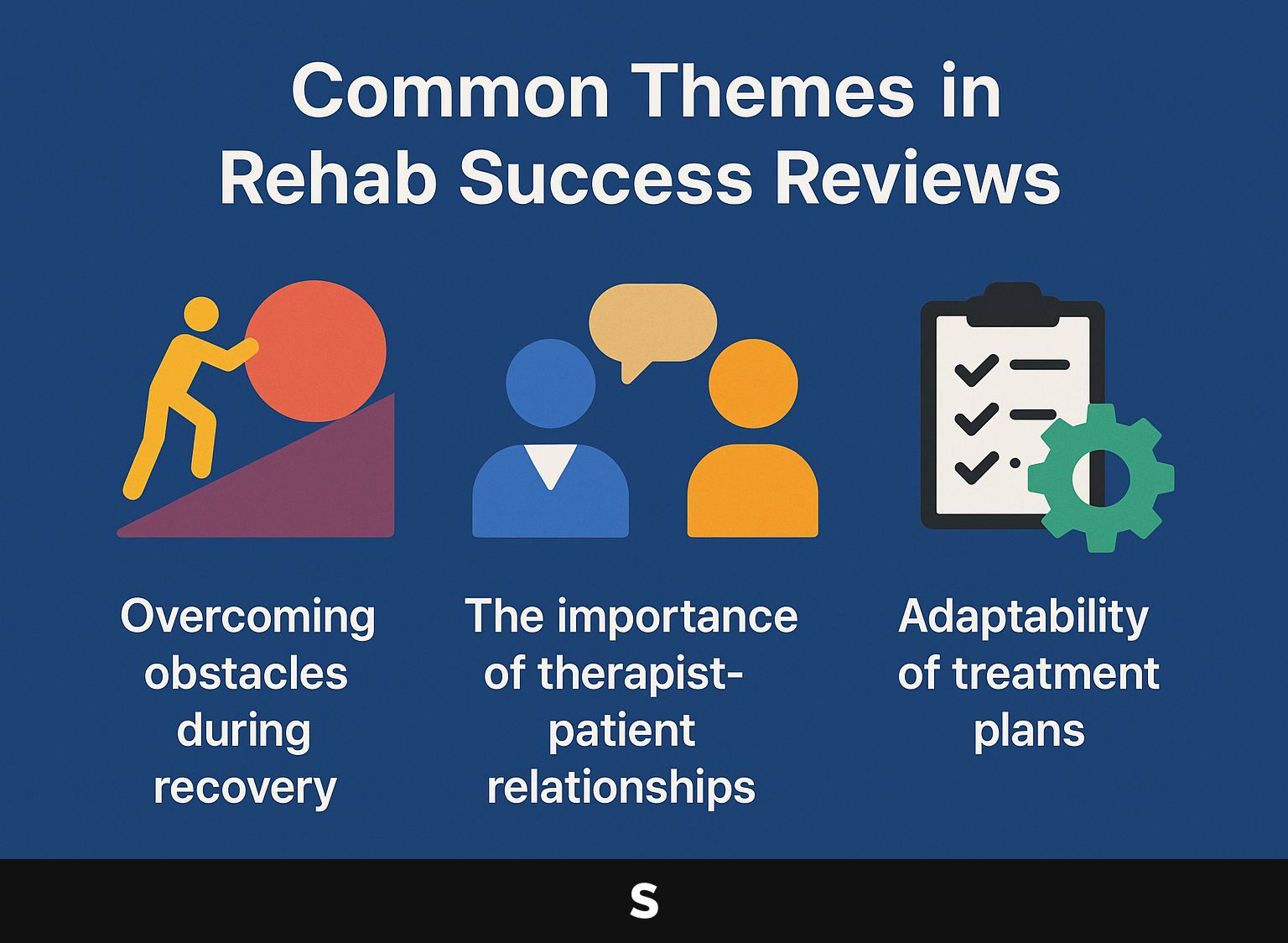
1. Overcoming obstacles during recovery
Many rehabilitation success stories highlight the significant obstacles patients face during recovery, providing relatable narratives for others on similar paths.
Common challenges include managing pain, adjusting to physical limitations, and maintaining motivation. Patients often find success by setting small, achievable goals, such as a daily walk or increasing exercise duration by five minutes each week.
Tools such as mobile apps to monitor progress, support groups for sharing experiences, and mindfulness practices can also strengthen resilience.
Having a reliable therapist or caregiver can offer individual approaches to deal with these challenges more successfully. These methods help patients take charge of their recovery process.
2. The importance of therapist-patient relationships
Strong therapist-patient relationships are frequently cited in success reviews as a key factor in facilitating effective rehabilitation and enhancing patient morale. This trust is built through consistent communication, empathy, and clear expectations.
Therapists can create a safe space by actively listening to their patients, which means repeating what patients say to show they are heard.
Setting shared goals can give patients control over their care. Using tools like apps or journals to track progress encourages them to take responsibility for their treatment.
Regular appointments, where therapists confirm progress and emotions, strengthen this connection, leading to better dedication and results in therapy.
3. Changing treatment plans based on progress
Changing treatment plans according to how a patient improves is often part of successful rehabilitation, highlighting the importance of being flexible in care.
Physiotherapists often begin treatment with a general plan, but they continuously evaluate progress through scheduled assessments. If a patient with a knee injury heals faster than expected, the therapist might start more difficult exercises, like single-leg squats, to increase strength and flexibility.
Conversely, if a patient showcases setbacks, such as increased pain, the therapist may modify the treatment by incorporating more gentle modalities, like ultrasound therapy, or adjusting the workout intensity. Effective communication and active listening to patient feedback are essential in these adjustments.
Case Studies: Real-Life Rehabilitation Success
Examples of real rehabilitation success show clear evidence of what treatment plans work well and how they affect patients.
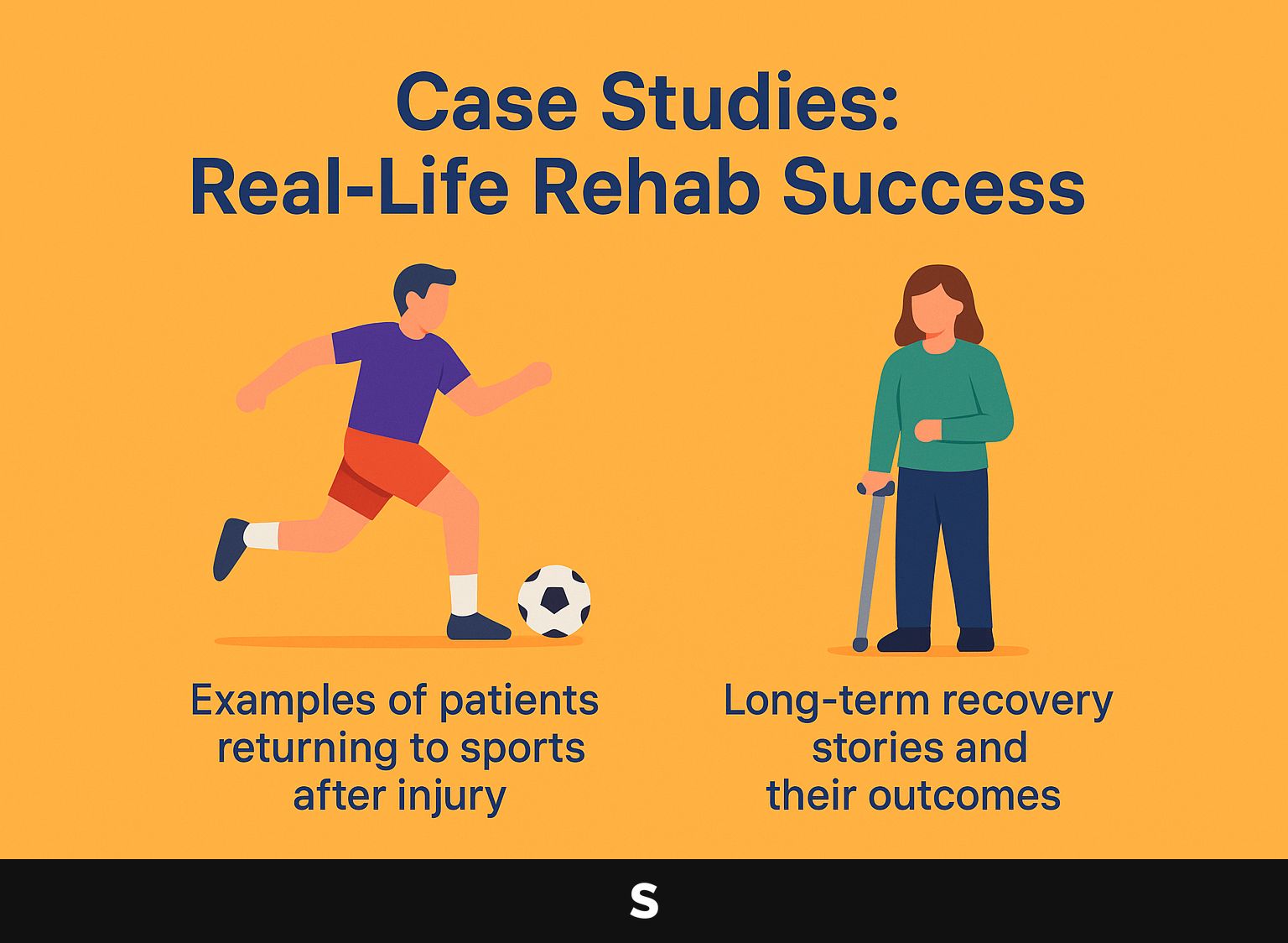
1. Examples of patients returning to sports after injury
Stories about patients going back to sports after getting injured highlight how physiotherapy helps in athletic recovery.
NBA star Derrick Rose came back from a torn ACL through a thorough rehab plan. His therapist focused on strength training and functional movements, allowing him to regain agility and confidence.
Soccer player Alex Morgan followed a specific recovery plan focused on balance and awareness of body position. She used equipment such as resistance bands and balance boards in her exercises.
Both athletes demonstrated that personalized treatment aids in physical recovery and builds mental strength, which is essential for a successful return to competitive sports.
2. Long-term recovery stories and their outcomes
Long-term recovery stories illustrate the sustained benefits of effective physiotherapy and the ongoing nature of rehabilitation.
A clear example is a patient who, after knee surgery, took six months of physiotherapy and regained full movement. They also started regular strength training as part of their routine. Tools like resistance bands and balance boards were essential, helping them to improve joint stability.
A lot of people improve their lives by doing things like practicing yoga each week or eating foods that help with inflammation. This ongoing effort shows why it’s important to actively continue recovery even after formal therapy ends.
How to Write an Effective Physiotherapy Review
Writing a useful physiotherapy review means describing your recovery process clearly and carefully to share your experiences in a way that matters.
1. Suggestions for Sharing Your Recovery Story
To clearly express your recovery story, concentrate on being clear, open about your feelings, and include specific details that connect with readers.
Share vivid anecdotes illustrating key moments in your recovery, such as attending your first support group meeting or the emotions felt during significant setbacks and breakthroughs.
Use sensory details to create an image-describe the comfort of a mentor’s encouragement, or the stress of being in a challenging place.
Think about dividing your trip into parts, explaining the problems and successes you encounter at each step. This structure helps readers understand your experience and makes it meaningful, creating a bond through common emotions and challenges.
2. What to include for maximum impact
Adding specific details like types of treatments, therapist interactions, and personal thoughts can greatly improve your review.
For a detailed physiotherapy review, think about your treatment and mention the specific therapies used, like hands-on therapy, exercise plans, or treatments like ultrasound.
Describe your interactions with the therapist, noting their communication style, empathy, and professionalism. Talk about your thoughts on your progress, covering any physical changes or feelings during your recovery process. This specific information helps potential patients understand what will happen and feel assured about the therapist’s skills.
Impact of Online Reviews on Physiotherapy Practices
Online reviews greatly affect physiotherapy practices by shaping how patients view therapists and influencing their choices. For practices looking to optimize their reputation, understanding how to interpret customer feedback effectively can make a significant difference.
Related insight: Expert Tips for Mastering Customer Feedback Analysis
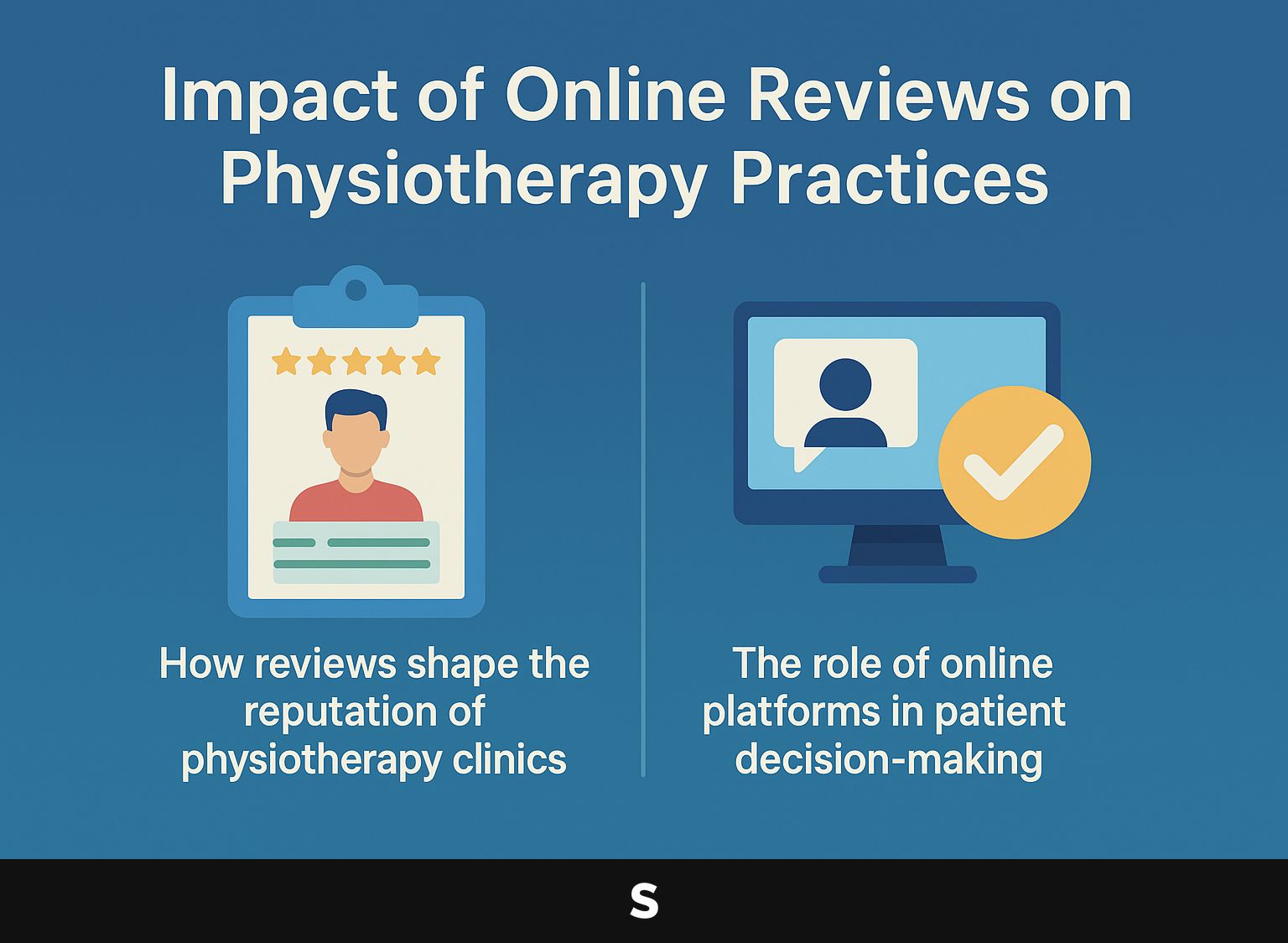
1. How reviews shape the reputation of physiotherapy clinics
The standing of physiotherapy clinics is greatly influenced by online reviews, as they share feedback on patient experiences and treatment results.
Clinics can use positive reviews by displaying them on their websites and social media pages to build trust and draw in new patients. For instance, featuring five-star reviews in promotional materials can create trust.
On the other hand, dealing with negative reviews is important; clinics should reply quickly, recognize the problem, and explain how they will fix it. Tools like Google Alerts can help monitor reviews, ensuring timely engagement.
By often looking at feedback, clinics can find areas that need improvement and make their services better, creating a more reliable reputation.
2. The influence of online platforms on how patients make choices
Online platforms play an important role for patients looking for physiotherapy, influencing their decisions through reviews and ratings.
Websites such as Healthgrades, Zocdoc, and TherapyDen provide useful information for people looking for healthcare options. Healthgrades allows users to read reviews from patients and check out a therapist’s credentials, which helps them assess the therapist’s abilities.
Zocdoc facilitates appointment scheduling directly, providing real-time availability for convenience. Meanwhile, TherapyDen emphasizes finding therapists based on specific needs, such as LGBTQ+ affirmative practices.
Using these platforms, patients can choose a therapist who fits their personal and therapy needs.
Future Trends in Physiotherapy Reviews
The field of physiotherapy reviews is changing due to new technology and shifting patient expectations about feedback and communication. For those looking to adapt, understanding the role of technology in shaping customer experiences is essential. Learn more about how technology is revolutionizing customer experience to stay ahead of these changes.
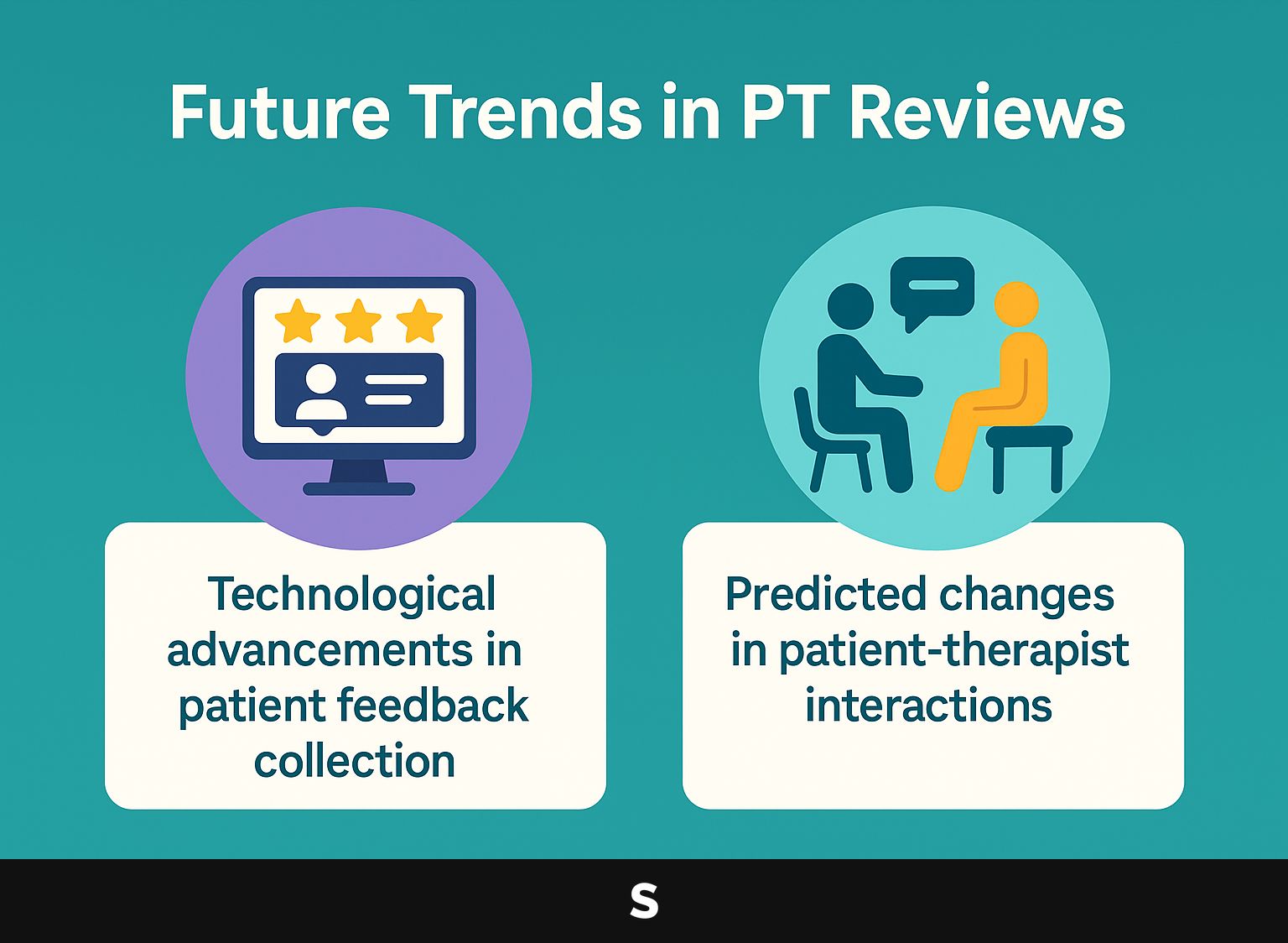
1. Technological advancements in patient feedback collection
New technology is improving how therapists gather patient feedback, allowing them to better understand how well treatments work.
Mobile apps such as MyTherapy and Patient Ally allow patients to give feedback immediately, encouraging regular communication.
These tools often have features like alerts for therapists to follow up with patients or easily monitor their progress.
Online survey platforms, such as SurveyMonkey and Google Forms, allow for customized questionnaires that can be sent post-appointment, giving both therapists and patients the opportunity to evaluate treatment effectiveness.
Using these technologies simplifies feedback gathering and motivates patients to be more involved.
2. Predicted changes in patient-therapist interactions
Expected changes in how patients and therapists work together indicate a move towards more joint efforts supported by technology in rehabilitation.
This evolution will likely introduce tools like teletherapy platforms, which enable therapists to connect with patients via video calls, providing access regardless of location.
Mobile apps for tracking progress and giving feedback can improve communication, leading to more effective sessions. For instance, platforms like BetterHelp and Talkspace allow seamless appointment scheduling and message exchange.
Using digital health tools, like wearables (e.g., Fitbit), can give therapists real-time information on patient activity levels, helping to create a better therapeutic relationship.
Frequently Asked Questions
1. What is physiotherapy and how does it help with rehabilitation success?
Physiotherapy is a form of physical therapy that focuses on restoring an individual’s movement, function, and overall quality of life. It uses methods like physical activity, hands-on treatment, and teaching to address different health issues and injuries. By targeting specific areas of the body and tailoring treatment plans to each individual, physiotherapy can greatly contribute to rehabilitation success.
2. How do physiotherapy reviews highlight rehabilitation success?
Physiotherapy reviews provide firsthand accounts from individuals who have undergone physiotherapy treatment for their injuries or conditions. These reviews often emphasize how physiotherapy has positively affected their recovery, showing how it has helped them heal and feel better overall.
3. What are some common success stories in physiotherapy reviews?
Physiotherapy reviews often highlight success stories like people getting back to their sport or activity sooner than anticipated, feeling much less pain, and fully moving and using a previously hurt area.
4. How important is the role of a physiotherapist in achieving rehabilitation success?
The job of a physiotherapist is important for successful recovery. They are trained professionals who assess, diagnose, and treat injuries or conditions using evidence-based techniques. Physiotherapists also provide ongoing support and guidance throughout the rehabilitation process, which greatly contributes to the success of the treatment.
5. Can physiotherapy reviews help in choosing a physiotherapist for rehabilitation?
Yes, physiotherapy reviews can be a helpful resource in choosing a physiotherapist for rehabilitation. By reading about other people’s experiences and success stories, you can understand the physiotherapist’s skills, methods, and how happy their patients are. This can help you choose the best physiotherapist for your recovery process.
6. How do I know if physiotherapy is the right choice for my rehabilitation needs?
It is always best to consult with a healthcare professional to determine if physiotherapy is the right choice for your rehabilitation needs. A physiotherapist can evaluate your injury or condition and create a treatment plan just for you, based on what you need and want to achieve. They can also discuss any potential risks or limitations of physiotherapy and help you make an informed decision.
